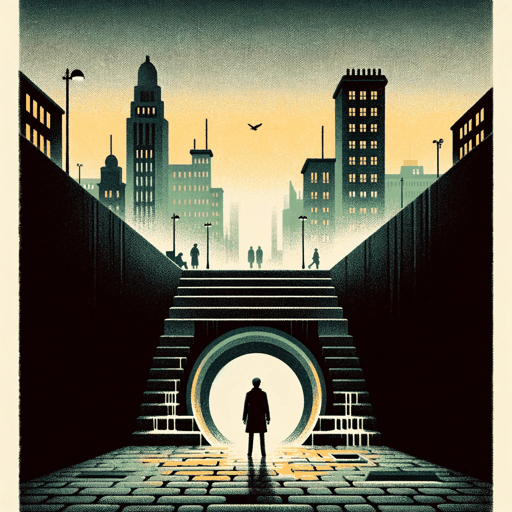39 pages • 1 hour read
Richard WrightBig Black Good Man
Fiction | Short Story | Adult | Published in 1989A modern alternative to SparkNotes and CliffsNotes, SuperSummary offers high-quality Study Guides with detailed chapter summaries and analysis of major themes, characters, and more. For select classroom titles, we also provide Teaching Guides with discussion and quiz questions to prompt student engagement.
Story Analysis
Story Analysis: “Big, Black, Good Man”
“Big, Black, Good Man” exhibits a major preoccupations of Richard Wright’s writing—the psychology of racism and white supremacy. Wright uses a limited third-person narrator and the point of view of an aging Danish man to cast new eyes on the old and seemingly intractable problem of racism as a deep structure of the human mind that distorts every social interaction despite the best intentions of well-meaning people.
Wright uses a limited narrator with access to Olaf Jensen’s mind to do a deep dive into how people who do not see themselves as racist nevertheless are overcome by white supremacist notions of people of color. Olaf’s immediate reaction to Jim is a visceral, instinctive one of fear despite his conscious belief that “men were men” (Paragraph 13). The language he uses to describe Jim—“he didn’t seem human. Too big, too black, too loud, too direct and probably too violent to boot” (Paragraph 13)—is overladen with stereotypes and peppered with words that indicate that this particular man is not human in Olaf’s eyes.
The presence of Jim also brings Olaf’s latent white supremacy to the surface. A key element of white supremacy as a worldview is that it imagines people of color as inherently inferior and as objects designed to serve the egos and needs of whites.
Related Titles
By Richard Wright

Big Boy Leaves Home
Richard Wright

Black Boy
Richard Wright

Bright and Morning Star
Richard Wright

Native Son
Richard Wright

The Man Who Lived Underground
Richard Wright

The Man Who Was Almost a Man
Richard Wright

Uncle Tom's Children
Richard Wright

